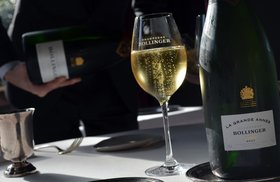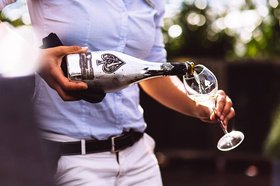Prosecco vs Champagne: 8 Key Differences, 10 Best Wines (2025)
Prosecco vs Champagne - what’s the difference between the two?
While both Champagne and Prosecco are popular sparkling wine styles, there are quite a few differences between the two - where and how they’re made, flavors, pricing, aging potential, investment-worthiness, and more!
Let’s explore the 8 key differences between Prosecco and Champagne. We’ll also see how they differ from other sparkling wine styles and the 10 best bottles to buy in 2024.
In addition, we’ll show you an easy way to invest in fine wine like Champagne.
Further reading
- Want to start your own fine wine collection? Check out this Ultimate Guide to Investing in Wine.
- Discover the most elegant Pink Champagne bottles. Or, dive into the world of the prestigious Dom Perignon and Cristal Champagne brands.
Prosecco vs Champagne: 8 Key Differences
Here’s a breakdown of all the key differences between Prosecco and Champagne:
1. Wine regions
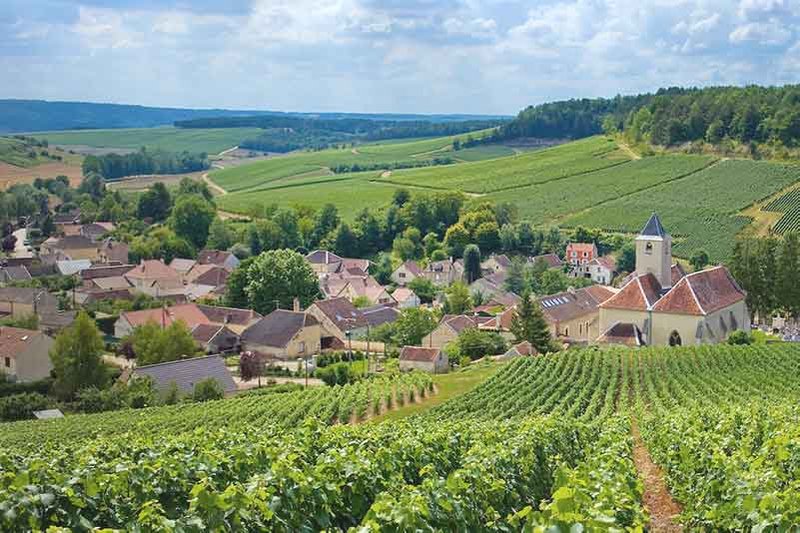
Champagne is produced in the Champagne region of France, while Prosecco is made in the Veneto region of Northern Italy.
So all sparkling wines cannot be called Champagne. The only sparkling wines that can be labeled as Champagne have to be made in the Champagne region and pass all strict appellation regulations.
Both Veneto and the Champagne region have similar cool and rainy climates, and the grapes are usually planted on hilly terrains with good sun exposure.
2. Grapes
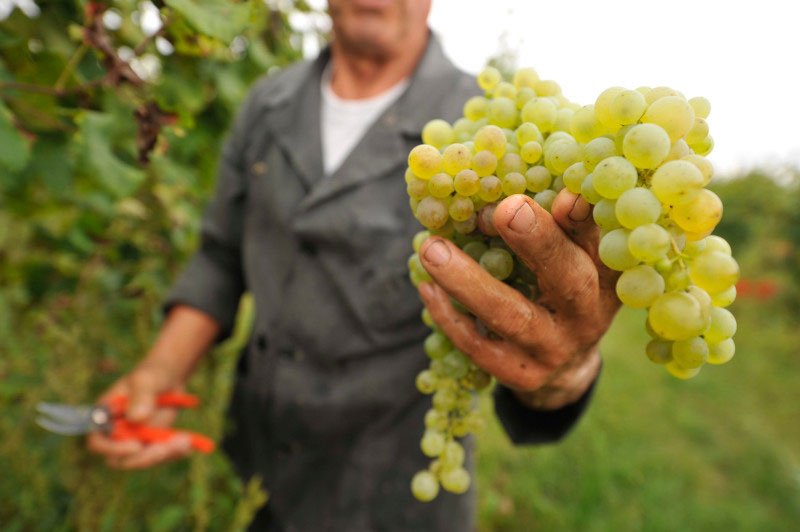
Prosecco is mainly made with the Glera grape variety. However, some Prosecco winemakers blend the Glera grape with up to 15% of other grape varietals like:
- Perera
- Bianchetta Trevigiana
- Pinot Grigio
- Verdiso
- Pinot Bianco
- Chardonnay
Champagne, on the other hand, is usually a blend of three different grapes:
There are also other Champagne styles made with only one grape variety.
For example, Blanc de Noir Champagne (French for white of blacks) is made exclusively with the red wine grape variety Pinot Noir. Blanc de Blanc (white of whites) is made only with Chardonnay grapes.
The grapes for both Prosecco and Champagne are harvested before they reach optimal ripeness, so they preserve their natural high acidity levels.
3. Production method
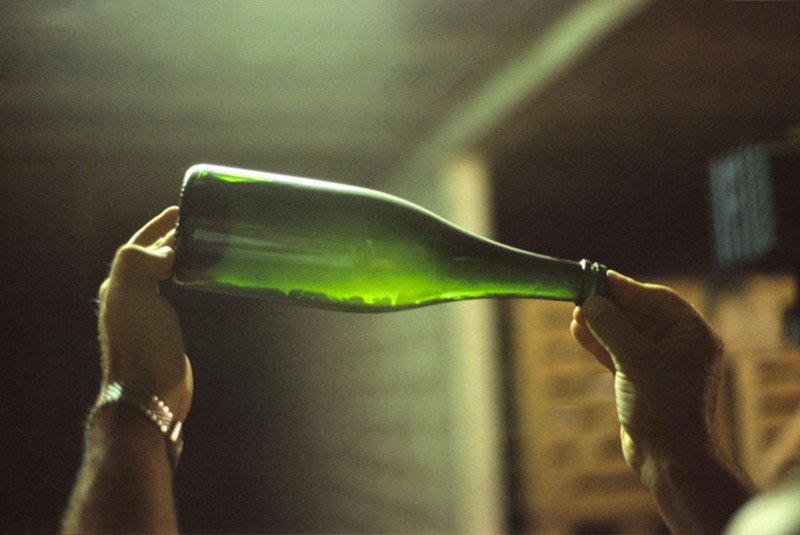
The winemaking processes used to produce Prosecco and Champagne are quite different.
In general, to convert the still wine into sparkling, the winemaker has to perform a second fermentation during which carbon dioxide is released. This carbonation is what gives the sparkling wine it’s delightful fizz.
Champagne is produced using methode Champenoise (also known as methode traditionnelle or traditional method.) This means that the secondary fermentation of the grape juice happens after bottling.
During this stage:
- The base wine sits with the lees (dead yeast cells) in the bottle.
- The bottle is gradually tipped upside down, so the lees collect in the bottleneck.
- The bottleneck is then frozen, and the dead yeast cells are removed.
- The bottle is corked, and the Champagne is left to age for 1.5-3 years.
The lees in the bottle give Champagne its unique creamy texture. The bottle fermentation also results in much higher pressure fizz (5-6 bars) than Prosecco, which has only 2-3 bars of atmospheric pressure.
The Champagne method is quite lengthy, labor-intensive, and thus more costly.
On the other hand, Prosecco goes through the much quicker and cheaper tank method (also known as the Charmat method.) Here, the second fermentation process is performed in large stainless steel tanks instead of in the bottle as in methode Champenoise.
This large tank fermentation creates lighter, more fruity, and less fizzy sparkling wines.
4. Flavor Profile

The flavor profile of these sparkling wines is affected mainly by their production methods.
While Champagne ages on its lees in the bottle (methode Champenoise), it develops a more complex flavor profile of brioche, yeast, and biscuits. These are often accompanied by orange blossom, almond, and white peach tasting notes.
Champagne’s longer aging process also creates a more refined texture and elegant bubbles.
Prosecco’s second fermentation process in the tank creates fresh and fruity sparkling wines. It’s typical flavor profile consists of apple, melon, pear, and honeysuckle.
5. Sweetness Levels

Both Champagne and Prosecco come at different sweetness levels. These are determined by the wine dosage - the process of adding wine and sugar mixture to the final blend.
However, Prosecco usually tastes sweeter than Champagne due to its lighter body. The most common style for both is Brut (up to 12 grams of sugar per liter.)
Other variations based on the sugar quantity per liter are:
- Brut Zero: less than 3 grams
- Extra Brut: 3-6 grams
- Extra Dry: 12-17 grams
- Dry: 17-32 grams
- Demi-sec: 32-50 grams
- Doux: more than 50 grams
6. Food Pairings
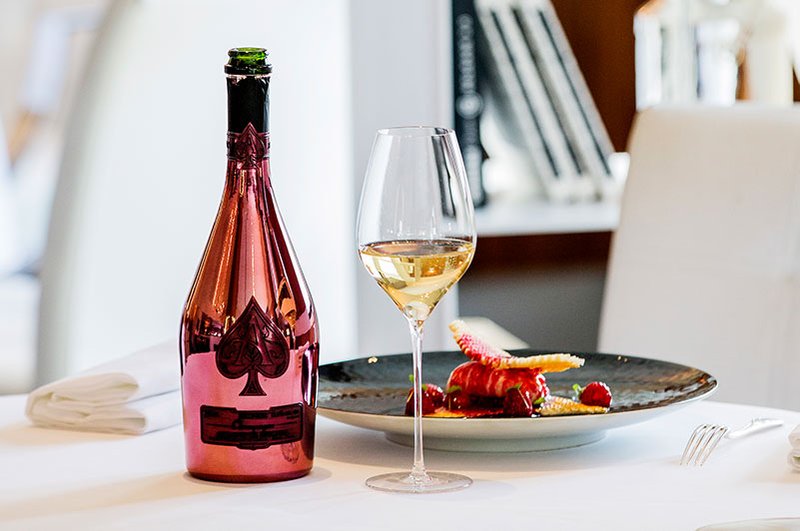
Prosecco’s sweeter and light, fruity notes pair well with dishes like cured meats, fruity desserts, and spicy Asian dishes.
Champagne’s elegant flavor profile, distinct dryness, and acidity complement a variety of seafood appetizers like oysters, shellfish, and clams. The bubbly also goes well with traditional dishes like fried chicken, fried potatoes, and steak.
7. Price

Another significant difference between Prosecco and Champagne is pricing.
Champagne’s costly production method drives the price of this luxurious bubbly much higher than Prosecco. Besides, the price of grapes used to make Champagne has surged by 80% in the last 15 years, and so have the vineyard prices in the region.
So, on average, a good quality Champagne bottle price comes at around $40, with prices ranging greatly from $10 to over $5,000!
On the other hand, you can easily get a good bottle of Prosecco at around $12-$15, with prices ranging from $3 to around $50.
And what about their longevity and investment opportunities?
8. Aging and Investment-Worthiness
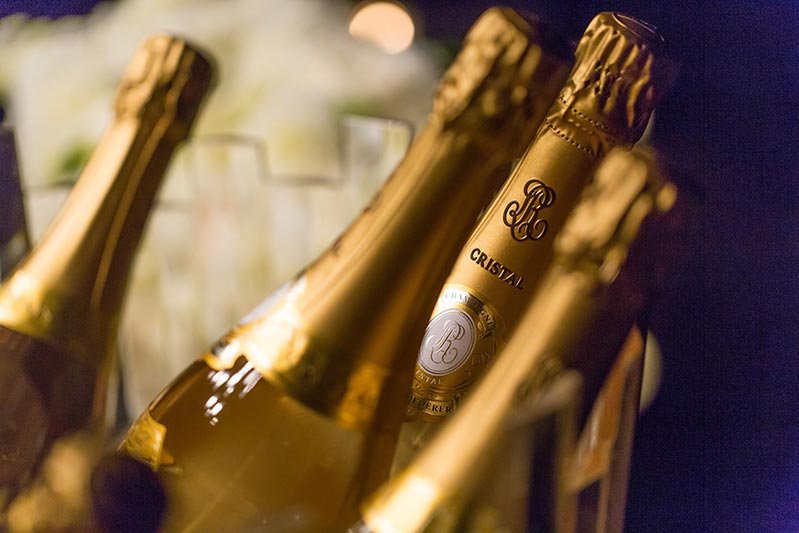
Champagne usually has great longevity - at least two decades for good vintages and even more for some exceptional bottles.
Prosecco, however, has a very short shelf life - a bottle of Prosecco should be consumed in about a year after its release. This also makes Prosecco unsuitable for investing.
On the other hand, Champagne is one of the hottest investment options in the wine industry today!
The price of vintage Champagne steadily appreciates with time irrespective of quality or vintage variation. During the period from 2005 to 2020, Champagne was the second-best performing region in the Liv-ex 1000 index (a total return of around +290%.)
Champagnes are also highly desirable at auctions:
- At an Acker Merrall & Condit auction in New York in2008, the coveted 1959 Dom Perignon Rosé bottle was sold for $42,700.
- The oldest Champagne bottle - an 1841 Veuve Clicquot bottle recovered from a shipwreck in 2010 sold for $34,000 at an Acker Merrall & Condit auction.
Now that we’ve laid down the differences, let’s see which bubbly is best suited for your next cocktail!
Prosecco or Champagne for Cocktails

You can use Prosecco as well as Champagne to make your favorite sparkling wine cocktail.
However, if you have an expensive Champagne bottle, you might want to savor it on its own instead of mixing it with juice and other liquors.
Here are some delicious Champagne cocktail ideas you can try out:
- Mimosa
- Kir Royale
- Bellini
- Aperol Spritz
- Champagne Margarita
Now let’s see how Prosecco and Champagne differ from other sparkling wines.
Difference Between Prosecco, Champagne, and Other Sparkling Wines

Usually, sparkling wine is an umbrella term used for all sparkling wine styles wherever they’re made.
But sparkling wines made in different regions also go by these names:
- Cava: Cava is a white sparkling wine from Spain. Its secondary fermentation is done directly in the bottle (following the methode champenoise process.) Cava is made with Parellada, Macabeu, and Xarello grape varieties.
- Cremant: This is a sparkling wine from France made outside of the Champagne appellation.
- Lambrusco: This is an Italian red sparkling wine made either using the Charmat method or methode traditionnelle.
- Asti Spumante: Asti Spumante is an Italian white sparkling wine made with Moscato Bianco grapes.
Next, let’s see the best Champagne and Prosecco sparkling wines you should consider in 2024.
Best Champagne and Prosecco Bottles to Buy in 2024
Here are our top Champagne and Prosecco picks:
1. 1995 Boerl & Kroff Brut Millesime

This exquisite Champagne has a distinct fizzy texture, bright acidity, and bold character. The initial brioche flavor transitions into mild honey and mineral hints. The nose is opulent with a rich aroma of apple and pear.
Price of 1995 Boerl & Kroff Brut Millesime: $3,744
2. 2002 Louis Roederer Cristal 'Gold Medalion' Orfevres Limited Edition Brut Millesime

Here’s a breathtakingly delicious Champagne from Louis Roederer! This sparkler has an elegant citrus nose accompanied by high acidity and delicious brioche and peach tasting notes.
Price of 2002 Louis Roederer Cristal 'Gold Medalion' Orfevres Limited Edition Brut Millesime: $4,277
3. 1990 Dom Perignon P3 Plenitude Brut
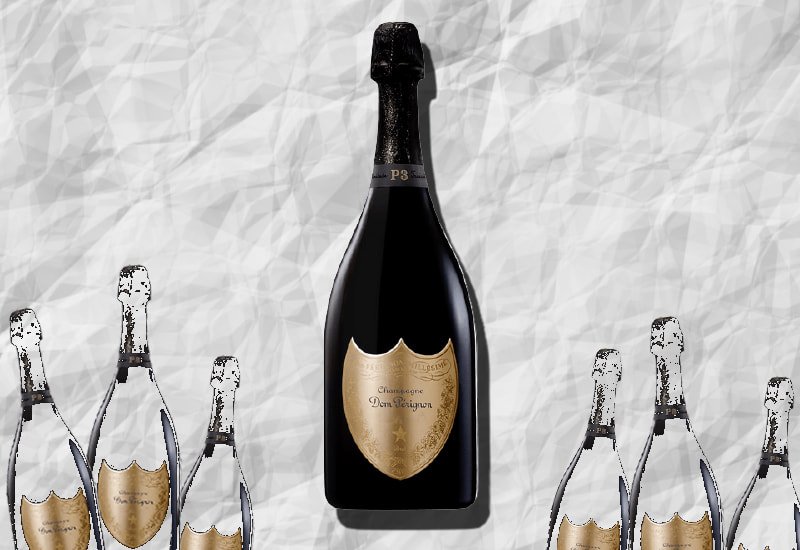
This iconic Dom Perignon vintage Champagne has invigorating aromas of grapefruit and honeysuckle. The palate is rich with a dominant chocolate flavour and oak hints.
Price of 1990 Dom Perignon P3 Plenitude Brut: $3,711
4. Pierre Peters Heritage Blanc de Blancs

This elegant sparkling white wine is made exclusively with the Chardonnay grape varietal. The acidic profile is perfectly balanced by the creamy texture and delightful white peach flavour.
Price of Pierre Peters Heritage Blanc de Blancs: $1,259
5. Billecart-Salmon 'Cuvee 200'

This is a wonderful sparkler made with Pinot Noir, Chardonnay, and Pinot Meunier grapes. The distinct chalk and pear flavour highlight its bold character.
Price of Billecart-Salmon 'Cuvee 200': $715
6. Veuve Clicquot Ponsardin Brut Yellowboam Stingray Skin
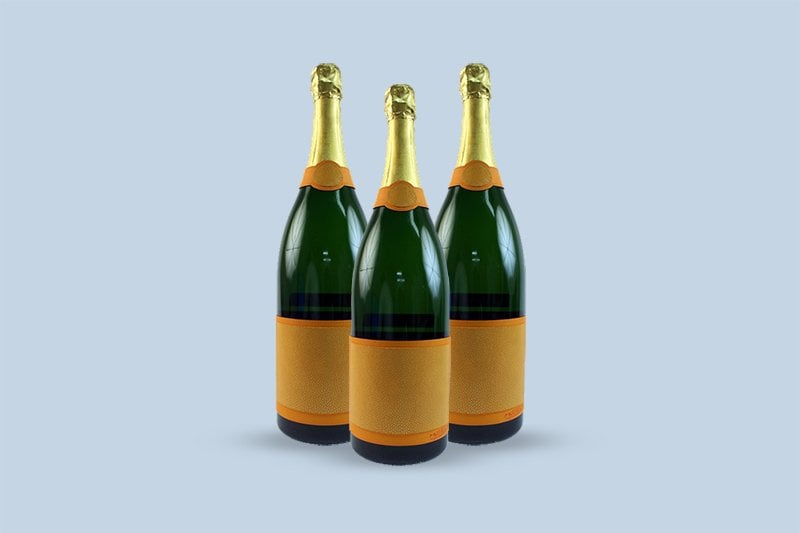
This Champagne has a delightful fruity flavor profile and pleasant acidity. On the palate, white peach, brioche, and apple hints transition into a lingering citrus aftertaste.
Price of Veuve Clicquot Ponsardin Brut Yellowboam Stingray Skin: $600
7. 1988 Krug Clos du Mesnil Blanc de Blancs Brut Champagne
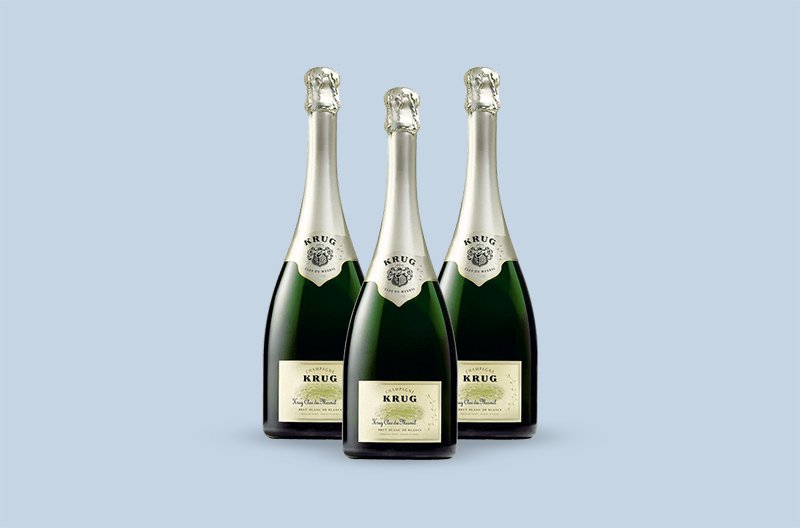
This is a marvelous Champagne from Krug. This sparkling wine showcases a dominant lemon aroma accompanied by a subtle mineral, truffle, and biscuit taste.
Price of 1988 Krug Clos du Mesnil Blanc de Blancs Brut Champagne: $3,120
8. 2013 Bisol Prosecco di Valdobbiadene Cartizze DOCG
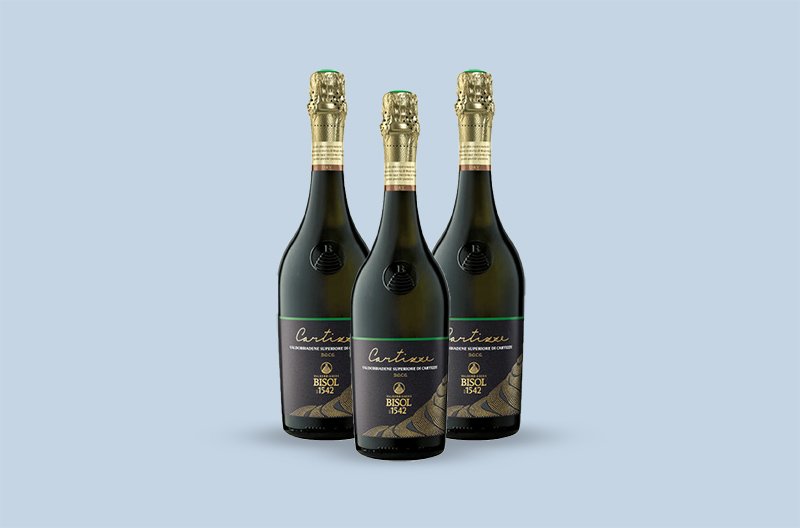
This fruity sparkler from the heart of Veneto, Italy, is made exclusively with the Glera grape varietal. The juicy apple and strawberry flavor profile transitions into undertones of gooseberry, hay, and tangerine that will be a true delight for your taste buds.
Price of 2013 Bisol Prosecco di Valdobbiadene Cartizze DOCG: $54
9. 2019 Foss Marai Cartizze Prosecco di Conegliano Valdobbiadene Superiore DOCG
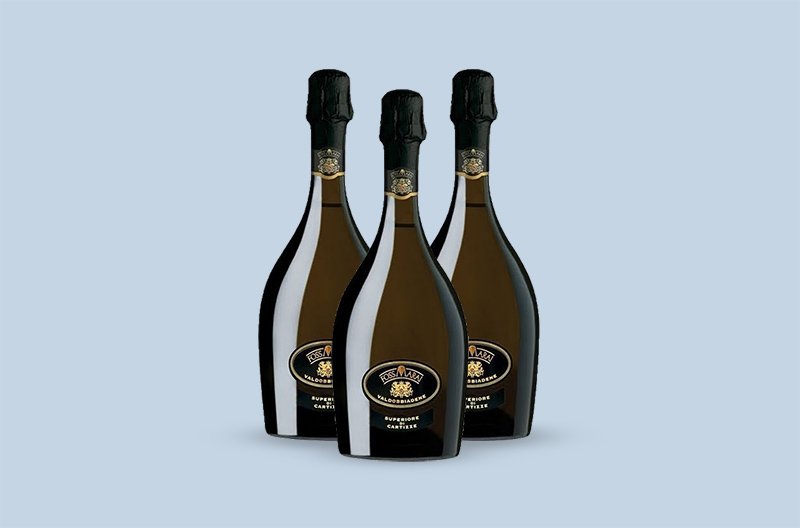
Here we have a delightful sparkling white wine with an opulent citrus nose and an elegant peach and apricot taste. This fruity sparkler has a finish with a distinct yeast flavor and hints of cream and cheese.
Price of 2019 Foss Marai Cartizze Prosecco di Conegliano Valdobbiadene Superiore DOCG: $28
10. 2009 Ruggeri 'Giustino B.' Extra Dry
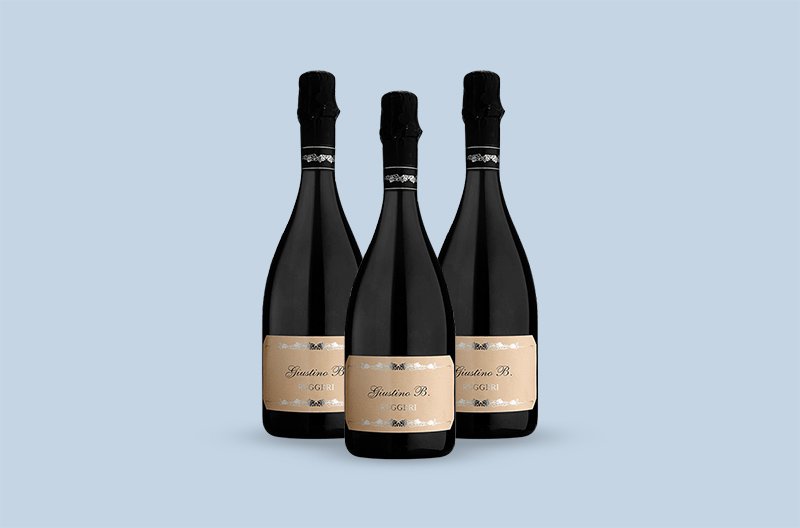
This light sparkling wine is made with the traditional Prosecco grape variety - Glera. It has balanced acidity and effervescence that are perfect for a Champagne cocktail. The palate offers flavors of lime, pear, and yeast.
Price of 2009 Ruggeri 'Giustino B.' Extra Dry: $40
Now:
Choosing a sparkling wine or bottle of bubbly for your party or for your cellar may depend on many factors. And you can enjoy all these great Champagne and Prosecco wines on their own or in a cocktail.
But, if you’re interested in Champagne’s promising investment potential, you should invest only in a true Champagne bottle through a wine investing platform like Vinovest.
Buy Exquisite Champagne and Other Fine Wines Through Vinovest

Vinovest is a leading wine investment platform that lets you buy, store, and sell fine wines from all around the world without you having to own them physically.
How it Works
You just have to follow these four steps:
- Sign up with your name, email, and password.
- Answer a few quick questions about your investment preferences and risk appetite.
- Fund your account with $1,000 or more.
- Vinovest’s algorithm will show you the best investment-grade wines for you (based on your investment style.)
- Sit back, relax with a glass of white wine, and watch your portfolio grow.
Benefits
Vinovest also offers lots of benefits like:
1. Easy Buying and Selling with AI-based Technology
Vinovest’s AI-driven platform allows you to buy and sell fine and rare vintages from all around the world with just a few simple clicks.
2. Great Prices
Vinovest sources its wines directly from wine merchants, winemakers, and wholesalers so that you can enjoy the lowest price points on your favorite wines.
3. Curated Portfolio
The expert team of master sommeliers and data scientists will do all the hard research and number crunching for you. This way, you can easily add some of the best investment-grade wine bottles to your portfolio.
4. Guaranteed Authenticity
Worried you might get a counterfeit wine bottle when you make an online purchase? Vinovest traces the provenance of each individual bottle and ensures its authenticity before your money leaves your bank account.
5. Optimal Storage
You don’t need to have a modern wine cellar - Vinovest will store your wines for you! All the bottles you buy will be stored safely at climate-controlled bonded warehouses.
6. Full insurance and Security
You’ll also receive a full insurance policy at market value that protects your bottles from theft, loss, and damage.
All your wines will be monitored 24/7 by surveillance cameras. Each facility is also equipped with power backup generators that maintain optimal storing conditions even in an emergency.
7. Low Fees
Vinovest charges lower than most wine investment companies.
The annual fee is 2.5% (or 1.9% for portfolios exceeding $50,000) and covers buying, storing, and selling your wines. It also includes the insurance, fraud detection, and management of your wine portfolio.
8. Hassle-free Delivery
Do you want to treat your taste buds with the fine bottle of Champagne you just bought? Or perhaps you want to send it to a buyer?
Just let Vinovest know, and they’ll take care of the rest.
Prosecco vs Champagne: An Affordable Sparkler vs Investment-Grade Bubbly

Prosecco and Champagne are great sparkling wines to add sparkle to any celebration.
However, if you’re looking for an investment-worthy bubbly, Champagne is your answer.
The easiest way to get a bottle or two is through Vinovest. So, sign up today and start building an impressive collection of Champagne and other fine wines.


